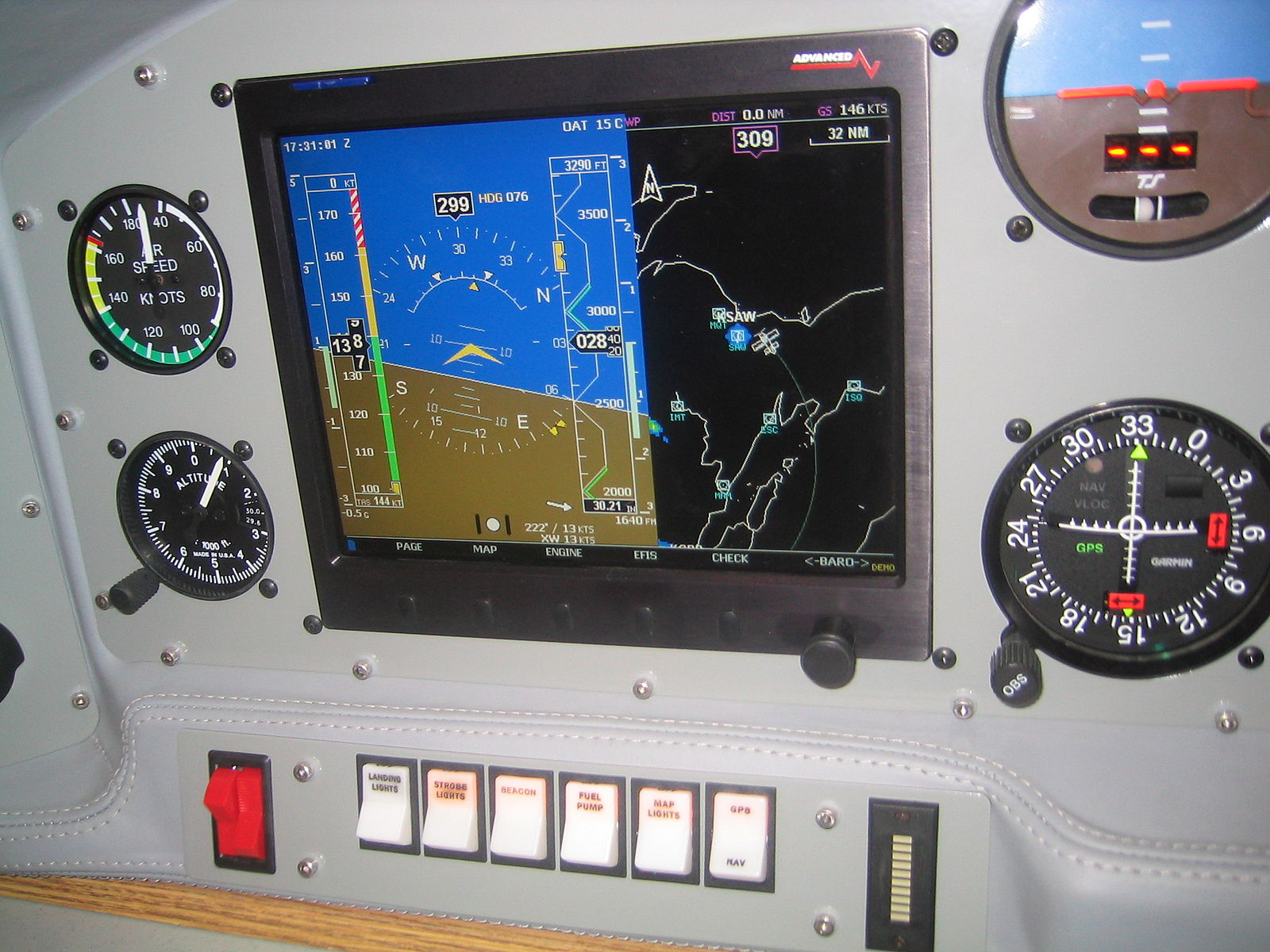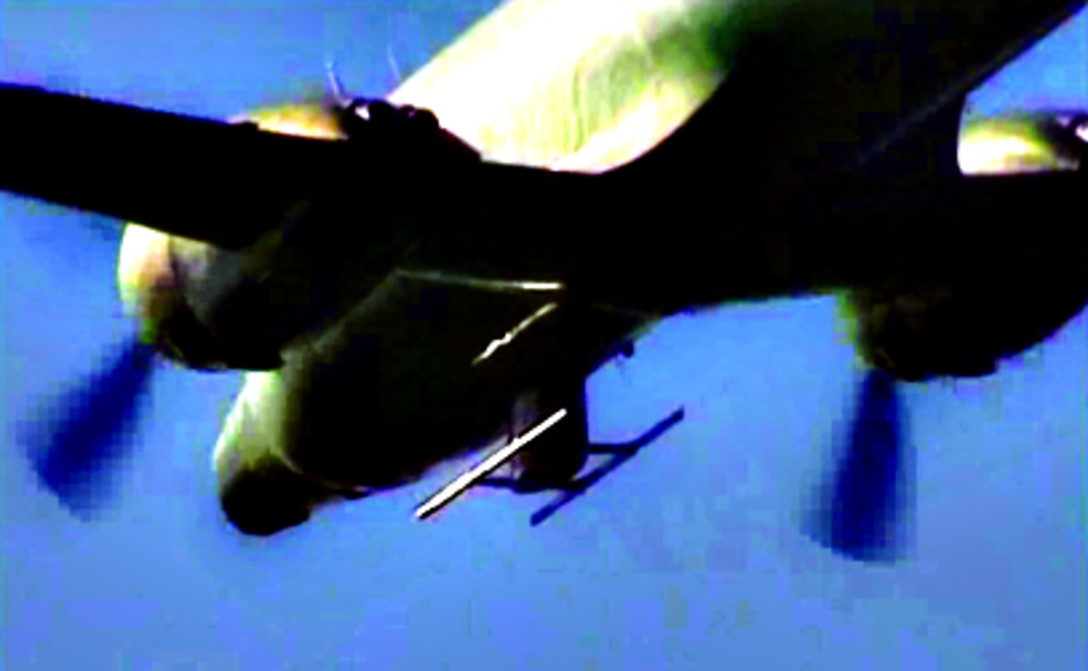Difference Between Aircraft Navigation GPS and VOR
The principal aim of air navigation is to navigate successfully from one point to another without losing your way around. And it is the job of a pilot to navigate over thousands of miles without getting lost. Early pilots followed roads or railways to navigate their way around, but the introduction of Global Positioning System (GPS) and other modern digital technologies have made air navigation easier and safer than before. However, satellite navigation systems such as the GPS were not originally designed solely for use by aircraft. Prior to the advent of GPS navigation system, one of the most common methods of air navigation was VHF Omni-directional Radio Range (VOR). The radio navigation system based on very high frequency (VHF) is in widespread use today and is the basis for the current network of airways that are used for navigation. Though, VOR navigation system is older than GPS, it’s been a reliable and common method of navigating information since the 1960s, and they still are.
What is GPS?
Global Positioning System, commonly referred to simply as GPS, is a space-based radio navigation system that uses triangulation to determine the exact location of the aircraft. It uses a network of about 30 satellites orbiting the Earth allowing users with GPS equipment to receive data to determine their position. It is based on measuring the distance from the user position to the precise locations of the GPS satellites as they orbit. Global Navigation Satellite System (GNSS) is the standard generic terms for satellite navigation systems that provide three-dimensional positioning with global coverage. The existing GNSSs are United States GPS, Russian GLONASS, European Galileo positioning system, and COMPASS navigation system of China. Both GLONASS and Galileo are compatible and interoperable with the GPS system.
What is VOR?
VOR, short for Very High Frequency (VHF) Omni-directional Radio Range, is a short/medium-range navigation system operating in the 108 – 117.95 MHz range of frequencies. It is a VHF facility that minimizes atmospheric static problems and provides 360 usable courses to or from the station. The VOR is the primary navigation system used by Army aviators in the United States. The problems that were previously encountered with LF/MF beacons were mostly because of the low-frequency radio waves and the ground wave propagation mode. To overcome these problems, a new system was developed to operate in the VHF frequency band and this became the VHF Omni-directional range (VOR). The VOR is based on the principle of phase difference between the two radio signals – one of which is an omni-directional reference signal and the other is a variable signal whose phase varies continuously from 0 to 360-degree relative to the reference signal.
Difference between Aircraft Navigation GPS and VOR
Technology
– Global Positioning System (GPS) is a space-based radio navigation system that uses triangulation to determine the exact location of the aircraft. GPS uses a network of about 30 satellites orbiting the Earth that can tell you exactly where you are in three dimensions. VOR (short for VHF Omni-directional Range), on the other hand, is a short to medium range navigation system that operates in the 108 – 117.95 MHz range of frequencies. The VOR navigation system was developed to overcome the problems with ground and sky waves in the LF/MF range.
Principle
– GPS is based on measuring the distance from the user position to the precise locations of the GPS satellites as they orbit. GPS receivers calculate the position of an aircraft in two-dimensional and three-dimensional space using a mathematical process called “trilateration”. It determines the position of the aircraft by measuring its distance from other objects with known locations. The VOR, on the other hand, is based on the principle of phase difference between the two radio signals – one of which is an omni-directional reference signal and the other is a variable signal whose phase varies continuously from 0 to 360-degree relative to the reference signal.
Reliability
– GPS seems to be far more reliable than VOR because it is much easier to use and thanks to its global coverage, it works effectively all over the world with no ground station required. This means you can navigate accurately over places where the chances of installing a ground station is almost zero, such as forests or oceans. In VOR, the equipment is VHF which means the signals transmitted are subject to line-of-sight restrictions. Thus, the range varies in direction proportion to the altitude of receiving equipment. This limits the routes, which is not the case with GPS navigation system.
GPS vs. VOR: Comparison Chart
Summary of Aircraft Navigation GPS vs. VOR
In a nutshell, GPS is a space-based radio navigation system that uses triangulation to determine the exact location of the aircraft using a network of about 30 satellites orbiting the Earth. VOR, on the other hand, is a short to medium range navigation system that operates in the 108 – 117.95 MHz range of frequencies and is based on the principle of phase difference between the two radio signals – one of which is omni-directional and the other is a variable signal. GPS navigation systems are more reliable than VORs as they require no ground station to function and work all over the world. VORs are more of a backup system that comes to rescue when the GPS system fails.
- Difference Between Caucus and Primary - June 18, 2024
- Difference Between PPO and POS - May 30, 2024
- Difference Between RFID and NFC - May 28, 2024
Search DifferenceBetween.net :
Leave a Response
References :
[0]Wyatt, David and Mike Tooley. Aircraft Communications and Navigation Systems. Abingdon, United Kingdom: Routledge, 2013. Print
[1]Binns, Chris. Aircraft Systems: Instruments, Communications, Navigation, and Control. Hoboken, New Jersey: John Wiley & Sons, 2018. Print
[2]Rao, G.S. Global Navigation Satellite Systems. New Delhi, India: Tata McGraw Hill India, 2010. Print
[3]Image credit: https://commons.wikimedia.org/wiki/File:Airplane_GPS.jpg
[4]Image credit: https://media.defense.gov/2012/Mar/30/2000165425/1088/820/0/120312-F-VU140-007.JPG



